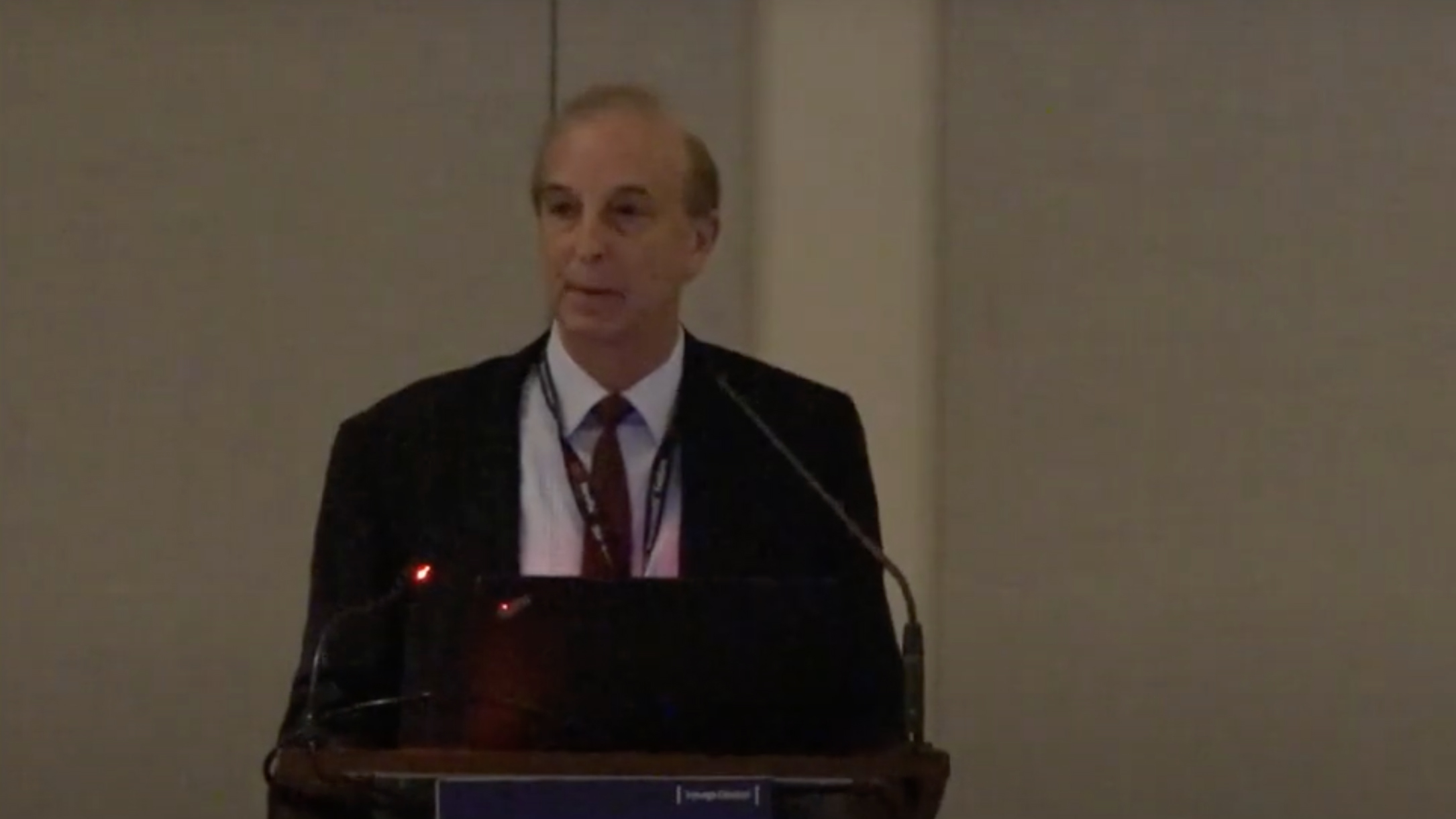NEW YORK (Reuters Health) – Polyps smaller than 10 mm that are detected with CT colonography (CTC) screening are very unlikely to contain high-grade dysplasia or malignancy, a new study shows.
“Our findings show that we can probably be much less aggressive with small polyps that measure under 1 cm detected at CTC, as the vast majority are completely innocuous and will never develop into large polyps or cancer,” lead author Dr. Perry J. Pickhardt told Reuters Health by email.
“When using a non-invasive, non-therapeutic screening test like CTC, it makes much more sense to implement less aggressive management of small benign polyps, as they generally do not warrant polypectomy (which would require a second more invasive and more expensive procedure),” Dr. Pickhardt said. “It should be self-evident that the management for a non-invasive test would differ from that of primary colonoscopy screening.”
Dr. Pickhardt, from the University of Wisconsin School of Medicine and Public Health in Madison, and colleagues analyzed 464 small (6-9 mm) and 291 larger colorectal polyps in 479 patients who had CTC followed by colonoscopy.
According to their March 22nd online report in Clinical Gastroenterology and Hepatology, 60.1% of the polyps (458/755) were neoplastic, including 20 (2.6%) that were invasive cancers and 25 (3.3%) with high-grade dysplasia.
Rates of high-grade dysplasia were 0.4% in 6 to 9 mm polyps, versus 1.4% in 10 to 19 mm polyps. All of the invasive cancers were in larger polyps: 2 in the 10-19 mm group (0.9% of this size category), 2 in the 20-29 mm group (6.1% of this group), and 16 in polyps that were 30 mm or larger (38.1%).
The overall prevalence of advanced adenomas and malignancies also increased with polyp size, ranging from 6.9% in the small polyp group to 61.9% in the large polyp group.
Ninety-three lesions included in the analysis were identified at colonoscopy but missed at CTC. Most of these (73/93, 78.5%) were small, and none contained malignancy or high-grade dysplasia.
“We currently allow for 3-year surveillance for 6-9 mm polyps detected at CTC,” Dr. Pickhardt said. “At CTC follow-up, about 90% will show no growth or decrease in size — and the surveillance interval is expanded to 5 years.”
“CTC screening is not a replacement for colonoscopy screening, but rather allows for an additional screening option that could greatly increase overall adherence rates,” Dr. Pickhardt continued. “In our experience, colonoscopy volumes have increased considerably alongside our CTC screening efforts, which is the opposite of what some theoretical models predicted. Therefore, gastroenterologists should embrace this test rather than fear it.”
Reference:
Clin Gastroenterol Hepatol 2010.




